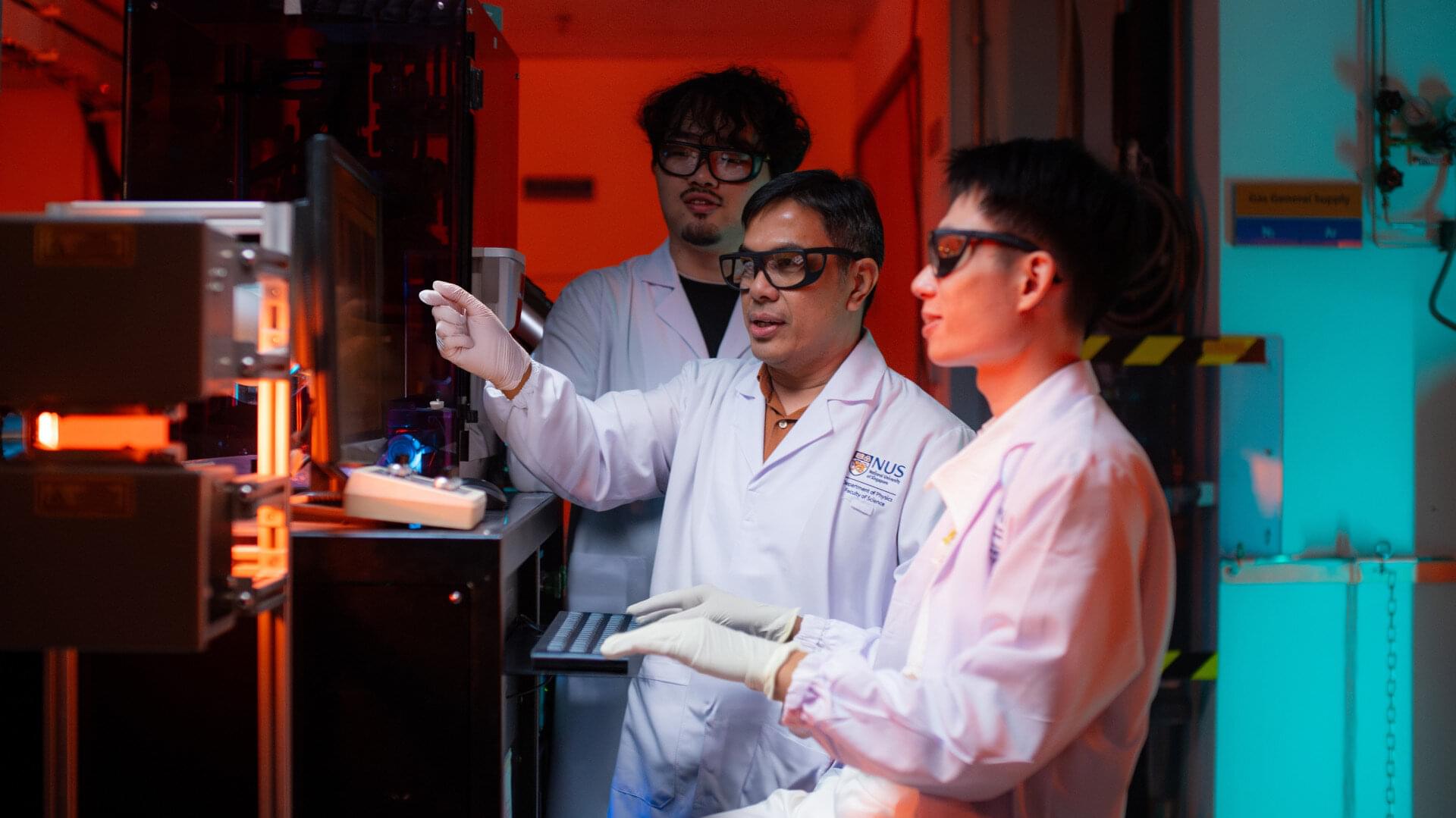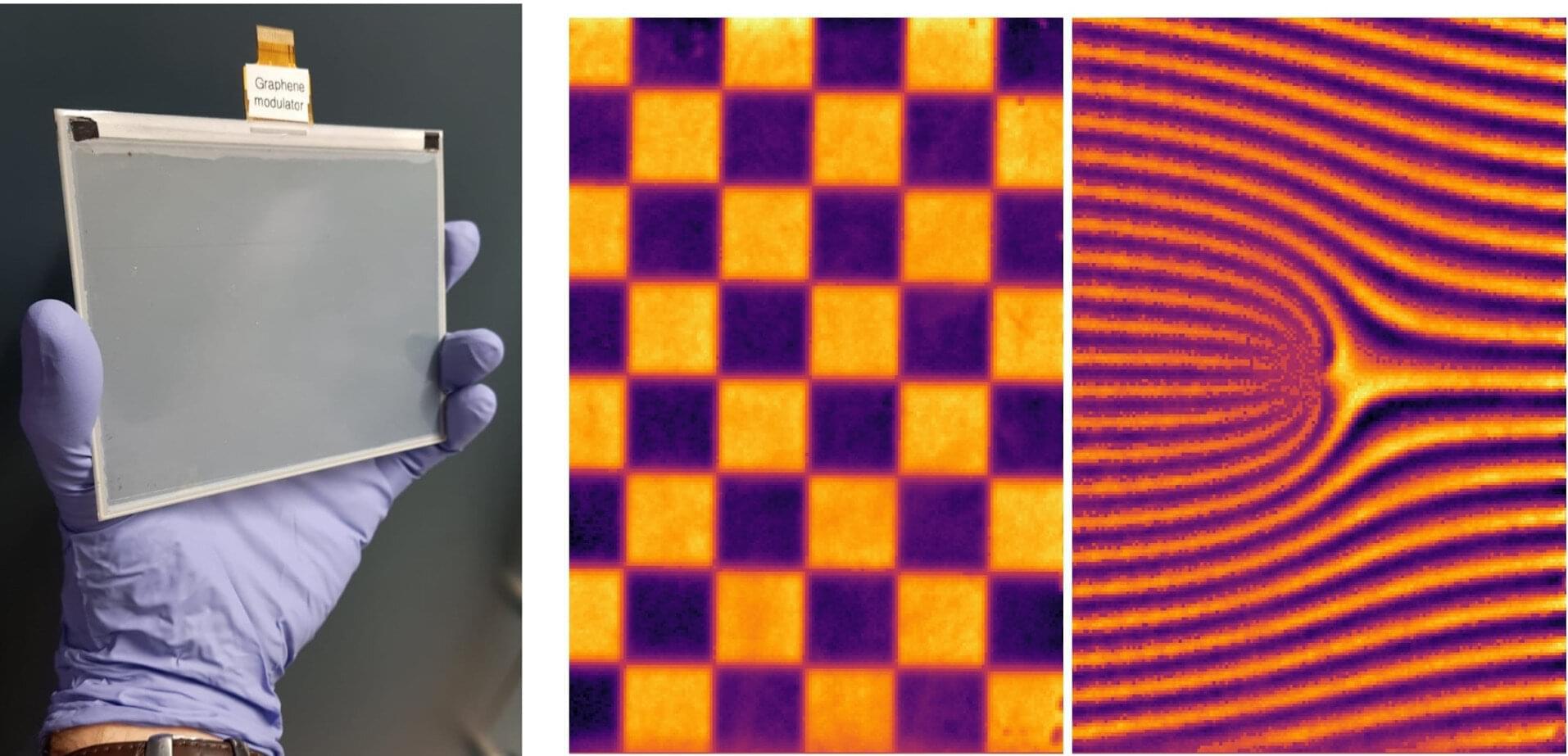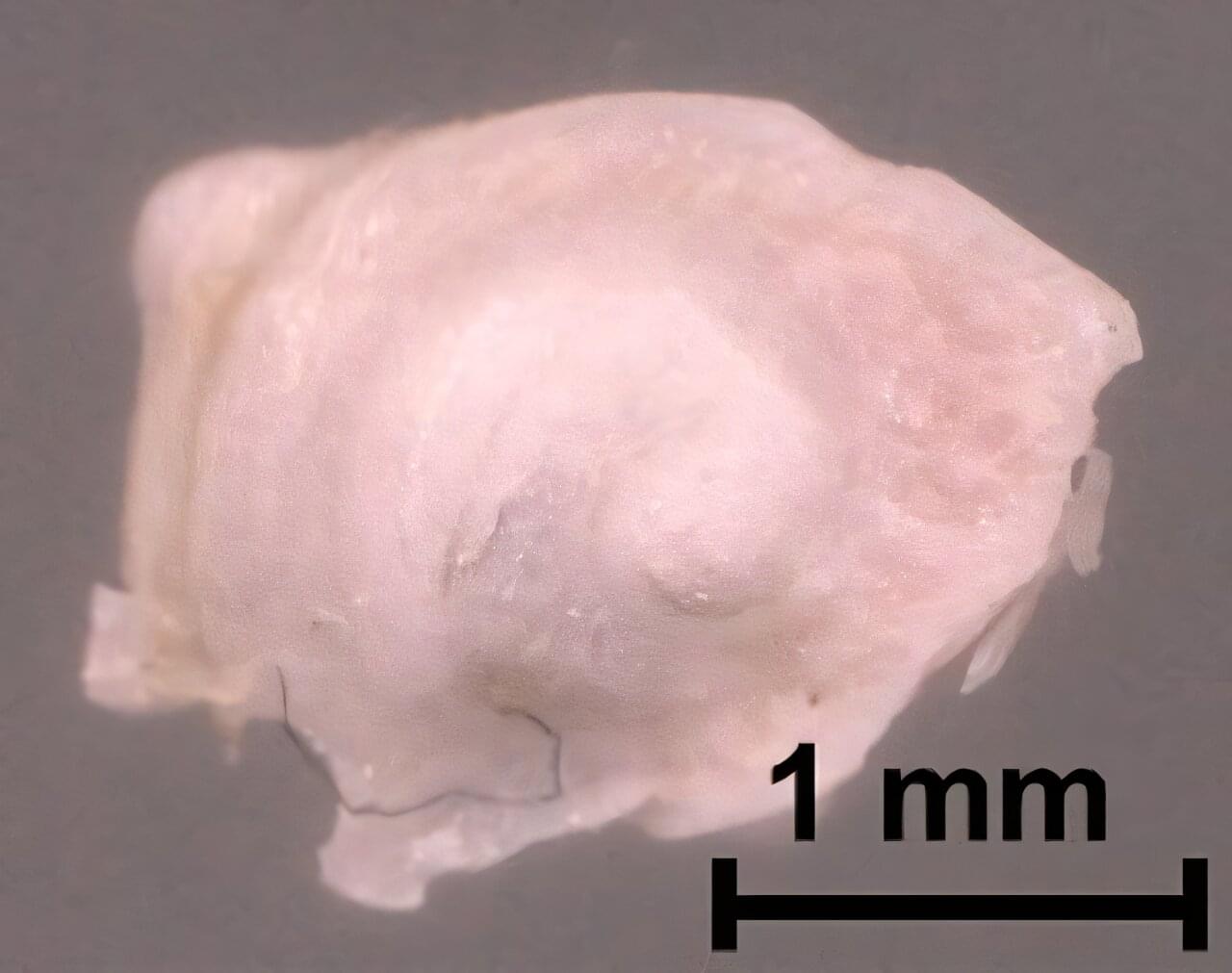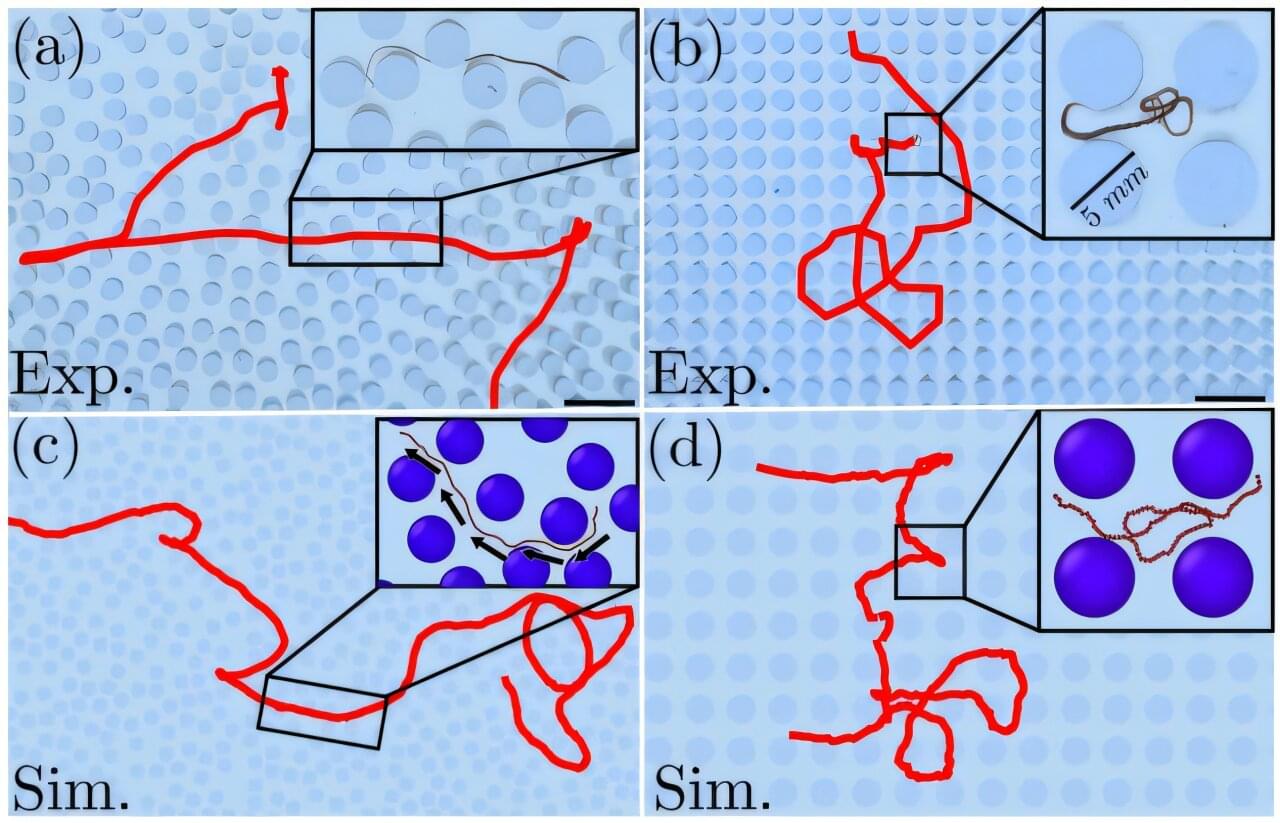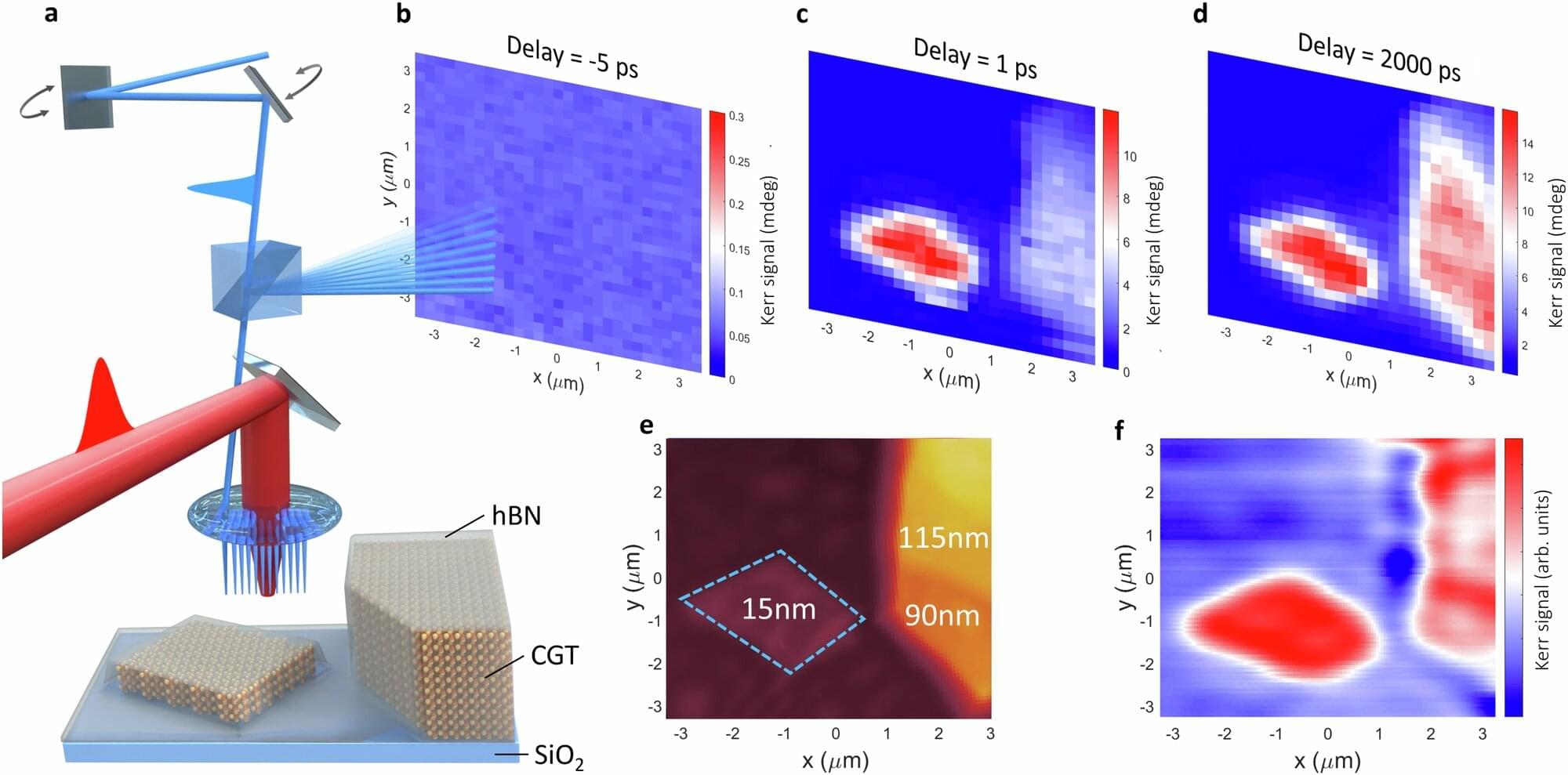Professor Ariando and Dr. Stephen Lin Er Chow from the National University of Singapore (NUS) Department of Physics have designed and synthesized a groundbreaking new material—a copper-free superconducting oxide—capable of superconducting at approximately 40 Kelvin (K), or about minus 233°C, under ambient pressure.
Nearly four decades after the discovery of copper oxide superconductivity, which earned the 1987 Nobel Prize in Physics, the NUS researchers have now identified another high-temperature superconducting oxide that expands the understanding of unconventional superconductivity beyond copper oxides.
